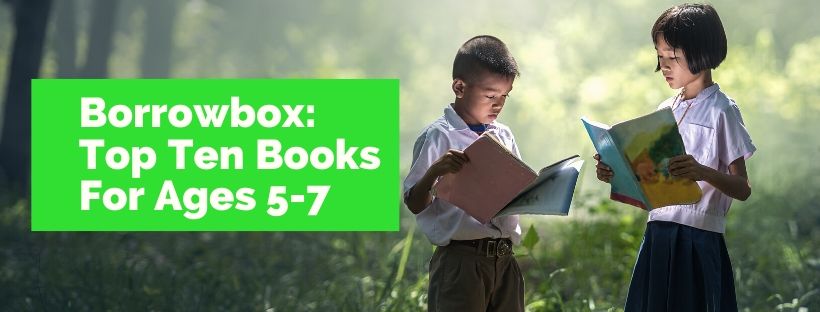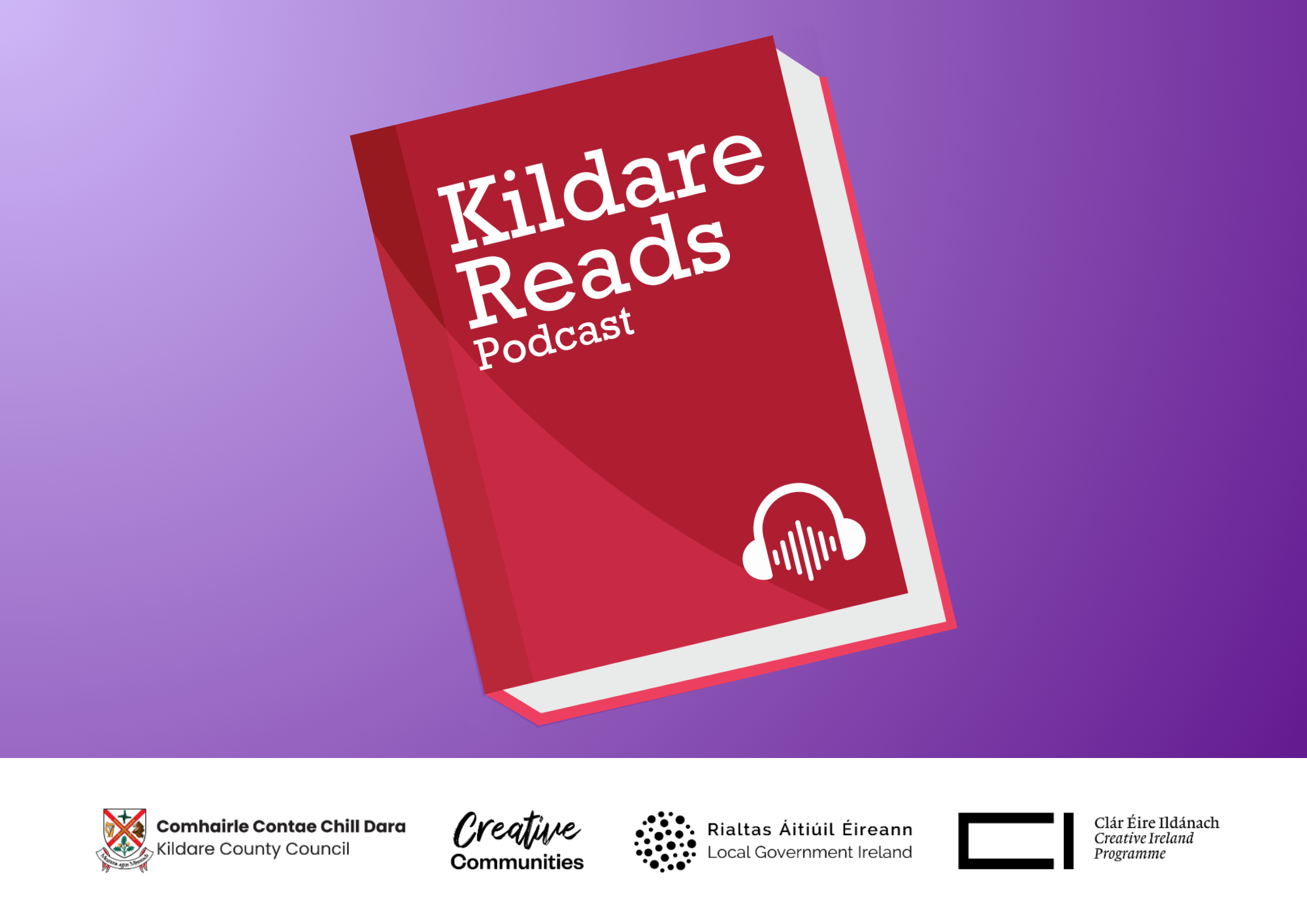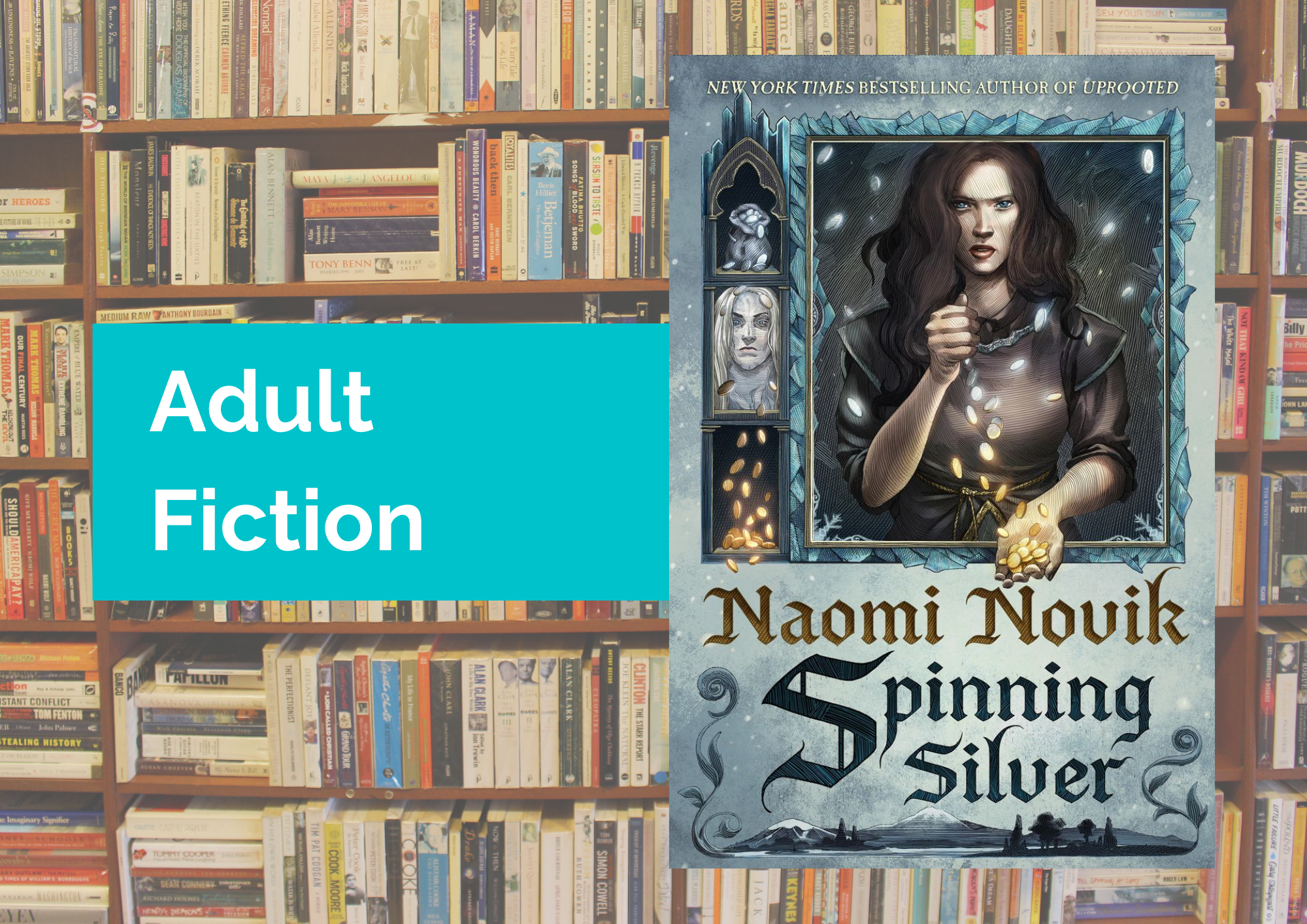By Richard, Naas Library

The benefits of reading to your child are widely known, but sometimes storytelling can be a challenge. You might feel overwhelmed by the array of books to choose from, or perhaps you find it hard to keep your child’s attention. Here’s some pointers for you to follow at home.

- Choosing a Book –
When reading to toddlers and pre-schoolers it can be a good idea to choose books that are somewhat repetitive. Books that echo certain words or phrases throughout can be especially catchy. Simple texts with straightforward sentences, rhymes, strong colours, and vibrant illustrations are also recommended here. These features help to keep your child’s attention while also introducing them to particular words, ideas, and themes.
Make sure to include your child in the selection process too, as we all have tastes and preferences for books, and we want children to feel that reading is fun. Be prepared to re-read the same story endless times and take solace in this being an indication that your child is enjoying your storytelling. If you really cannot face your 114th rendition of The Gruffalo, then try introducing another title by the same author, a book with similar themes, or perhaps your child’s favourite book is part of a series that you can explore together.
For babies, chunky board books and cloth books are easy for them to handle and much more durable than your regular storybook. If reading to a newborn, you can always browse your own bookshelf and opt for something more to your taste: that can be anything from Yoga for Dummies to a passage from Dostoevsky’s Crime and Punishment. For newborns, content does not matter. What does matter is the sound and rhythm of your voice and the combinations of the words you are reading. Research has shown that exposure to a wide range of vocabulary in infancy begets a positive influence on subsequent language development and literacy (Diproperzio, 2020). That said, be warned that Dostoevsky’s Crime and Punishment is likely to end up in the same place as every other object in your baby’s vicinity (their mouth).
Whatever you choose, reading to your child is about fostering a love of literature and introducing them to a pastime that can last a lifetime. While the bedtime story is a staple in many households, it is also a good idea to introduce stories during the day. Daytime stories are a valuable source of entertainment, especially in our current situation. Try enhancing the daytime story experience with puppets too!

- Setting the Atmosphere –
Before you start to read the story, it helps to set the atmosphere for what is to come. This will help to settle your child and catch their attention. The cover of the book offers plenty of scope for building some suspense and intrigue.
- Explore the possibilities offered by the cover: show your child the cover and ask them what they think the story might be about.
- Ask them about what they may already know about the topic or characters.
- If the topic or characters are new to them you can fill them in by providing a background. Be creative here if you like!
- Create a sense of purpose for your story by beginning with something along the lines of… “Let’s turn the cover and find out what happened to Little Red Riding Hood….â€

- Reading the Story –
Many techniques can enhance the reading experience for both you and your child. Try not to be too conscious of all these techniques at once; you want to remain natural and enjoy the experience. By gradually introducing these techniques you will gain confidence in your storytelling.
- Summon all your energy – use plenty of expression, matching your voice and accent to the characters’ dialogue (it can be helpful to practice the accents beforehand!)
- Be mindful of your tone and pace. Read slowly and quietly to create suspense. Speed up and raise your tone to create drama.
- Pause occasionally to ask some questions:
What do you think will happen next?
What makes you think that?
- Allow for interruptions! Your child might have questions too – this is a sign of engagement.
- Monitor your child’s understanding of the vocabulary used, explaining any new words to them.
- Talk about the illustrations and how they connect to the story.
- Talk about the written words on the page. Ask your child to find a new word each time you read a story.
- Ask your child in their own words what the story is about. Help them to summarise what has happened so far.

- The End –
Use the end of the story as an opportunity to gauge your child’s interest in the book. Did they enjoy it? Was it suitable? This is also a good opportunity for you to reflect together on the morals, messages, or themes of the story.
- Give your child time to think about the story. Then ask them to describe their favourite part and why it was their favourite.
- For older children, speak about parts of the story such as the setting, a character’s problem, how the problem was resolved.
- Ask open-ended questions that help your child to think about why the story unfolded in the way that it did; Why did the boy behave that way? What would you have done the same or differently? How…. What if….
- You may want to help your child to make connections between the events in the story and their own life. For example, have you ever felt afraid like…? When do you feel happy like….? What did you do when you felt like that?
- Follow-on activities can be useful to enhance the experience for your child – try some arts and crafts related to the book or their favourite character.
References
Diproperzio, L. (2020). “The Benefits of Reading to Your Newborn.†Retrieved 16 April 2020 from
Parents.com, www.parents.com/baby/development/intellectual/benefits-of-reading-to-your-newborn/.






Leave a Reply